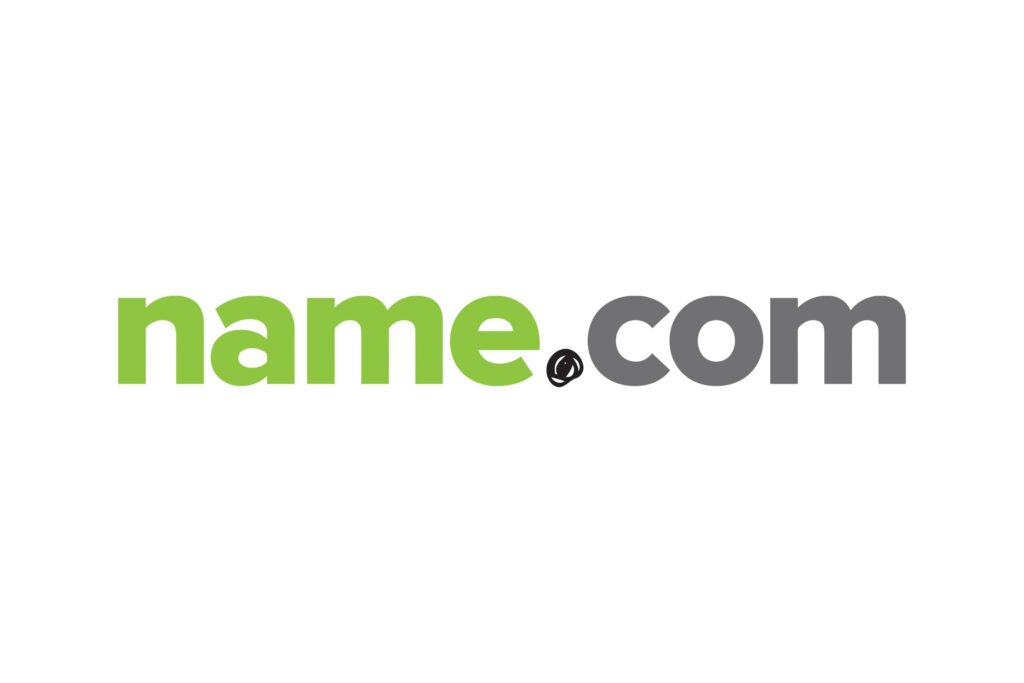How to Set Up DKIM for Name.com?

DKIM works by adding a digital signature to outgoing email messages. This signature can be verified by the receiving email server, which can then determine whether or not the message has been tampered with during transit. In order for DKIM to work, the sending email server must generate a cryptographic key pair, which consists of a private key and a public key. The private key is used to sign outgoing email messages, while the public key is published in the Domain Name System (DNS). When an email message is signed with DKIM, the signature is added as a header to the message. The receiving email server can then use the public key to verify the signature and confirm that the message has not been altered.
How to Configure DKIM for Name.com?
To activate the DKIM records in your web hosting provider’s control panel:
- Log in to your hosting provider’s account.
- Click the Email Deliverability icon in the admin console’s Email section.
- Find the domain that needs to be authenticated.
- Next to the domain you want, click “Manage.”
- The Name and Value fields of the produced DKIM record must be copied to your clipboard:

The screenshot above is only an example. Replace the DKIM name and value with those generated for your domain.
- These records must be added to your domain as DNS records. You must return to your Name.com account and click “My Products” to accomplish that.
- Under the hosting tab, click Web Hosting
- Go to the section under DNS Management.
- The TXT DNS record for the DKIM must now be added. Enter default._domainkey in the Host field. Additionally, paste the lengthy code string into the answer field. It starts with “v=DKIM1; k=rsa;”

Use our free DKIM record lookup tool to validate the published DKIM record.
Enable DMARC for your domains to protect against spoofing. Sign up for a free trial today!





